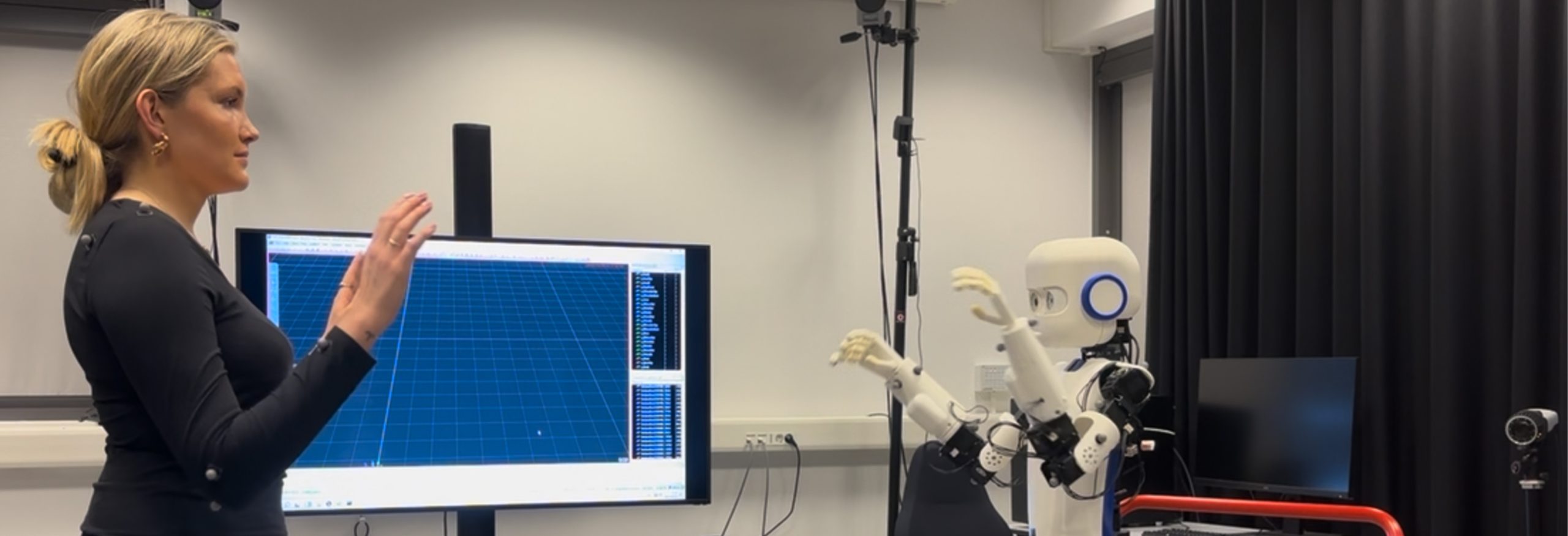< Projects

Photo: Valentina Fantasia
Interaction with Social Autonomous Systems
Within the past decades, Social Robots have seen a dramatic improvement in their functions and possibilities for interactions. This project endorses an embodied, situated perspective to investigate the interactional dynamics between humans and social autonomous systems. Embodiment has become an important concept in many areas of cognitive science; however, while many would agree that humans are embodied cognizers, there is much less agreement on what kind of humanly crafted artifacts could be considered embodied. The project seeks to explore this issue by integrating theories and methods from cognitive science, philosophy, and robotics (but also drawing on sociology, ethnomethodology, and linguistics). An array of micro-analytical approaches will be adopted and adapted to study how humans engage and share meanings in interaction with social robots starting from real-life situations.
The project aims to address two major issues:
1) How should social robots be designed to be perceived as intersubjectively meaningful partners by humans, and what kind of embodied and agentic features should they possess?
2) How can we improve the intelligibility of behaviors and gestures within a framework of cooperative actions involving humans and SR? How can we implement fine-grained interactional skills in SR, such as expressing and perceiving actions or establishing and maintaining mutual behavioral attunement?
The project benefits from the developing expertise and enthusiasm of two PhD students, Gaye Askin and Samantha Stedltler, and precious collaboration with national and international researchers from different disciplines.
The major breakthrough to be expected from the project is a comprehensive framework for embodied intersubjectivity applicable to the humanities and AI research, showing how artificial systems can be successfully integrated into human everyday life, but also helping us gain a unique understanding of so-far unknown aspects of human behavior.
Additionally, the project has launched a new series of workshops “Girls just want to have Sc(AI)ence: fostering women’s participation in technoscience”, organized in collaboration with Stefan Larsson, Laetitia Tanqueray at the Department of Technology and Society, and Elin A. Topp, Department of Computer Science and AI Lund.
Assistant Professor Project
Keywords
Universities and institutes
Lund University
Project members

Valentina Fantasia
Assistant Professor
Lund University

Samantha Stedtler
PhD student
Lund University

Gaye Askin
PhD student
Lund University

